Introduction: Hurricane Katrina Is An Epic of Nature’s Wrath and Man-Made Disaster
In August 2005, the world witnessed one of the most devastating natural disasters of the 21st century. It was Hurricane Katrina. It was not just a powerful hurricane but a brutal reflection of human vulnerability, social inequality, and climate change. The storm almost destroyed the Gulf Coast of the United States, especially the city of New Orleans. It left thousands of people dead, billions of dollars in damage, and untold stories.
In this article, we will detail the devastation of Hurricane Katrina, its causes, its impact on people worldwide, and the lessons learned from this great disaster.
The Birth and Destruction of Hurricane Katrina
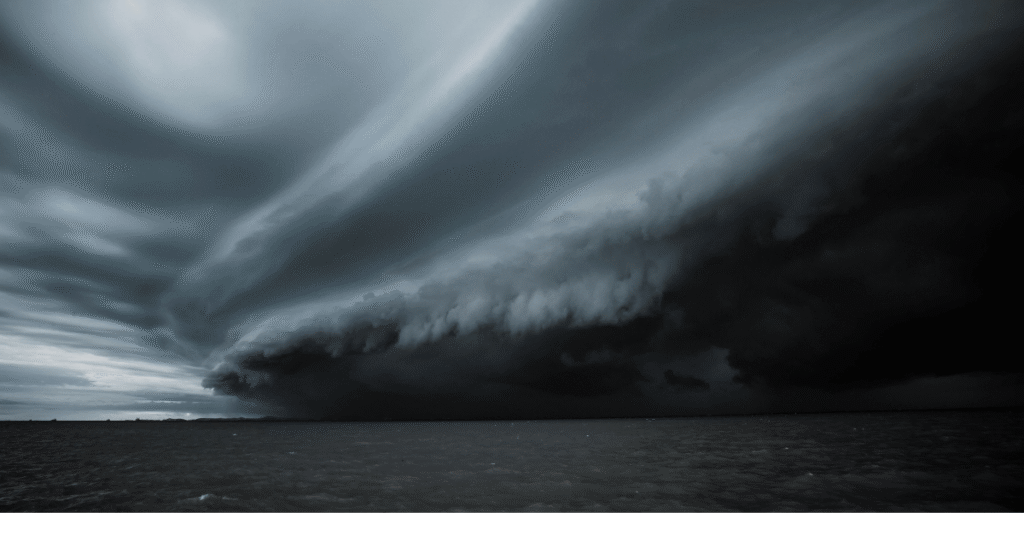
Hurricane Katrina began as a general depression over the Bahamas on August 23, 2005. But over the next few days. It gathered strength from the warm waters of the Gulf of Mexico and grew into a massive hurricane. On August 25, it hit Florida as a Category 1 hurricane. It then restrengthened in the Gulf of Mexico, becoming a formidable Category 5 hurricane with about 170 miles per hour winds.
On the morning of Monday, August 29, 2005, Katrina made landfall on the Louisiana coast as a Category 3 hurricane. Although its main impact was east of New Orleans, its size and powerful storm surges devastated the city.
New Orleans: The Cry of a Flooded City
New Orleans is located in a highly vulnerable geographical area. Much of the city is low-lying, forming a bowl-shaped basin. Levees were built to protect the town from flooding from the Mississippi River and Lake Pontchartrain. But these levees collapsed under Hurricane Katrina’s 19-foot-high tide.
On the morning of August 29, several levees in the city collapsed. In an instant, 80 percent of the town was submerged under 8 to 20 feet of water. Everything was immersed in the water in the streets, homes, hospitals, and schools. Electricity and communications were completely cut off. New Orleans, once a city of jazz music, became a city of death.
Humanitarian disaster: When nature and the state both failed
The city was ordered to leave before Katrina hit. However, about 100,000 people in New Orleans remained in the town. Most of them were poor, black, elderly, or sick and did not have their cars or the financial resources to leave the city.
These people were trapped on the roofs of their homes, in flooded cars, or shelters like the city’s Superdome stadium. About 25,000 people took refuge in the Superdome, but there was no proper food, water, or sanitation. As the days passed, the situation became hellish. People began to die of starvation, from contaminated water, and without medical care.
The federal and local governments’ response to this internal crisis in the world’s most powerful country, America, was extremely slow and critical. The Federal Emergency Management Agency (FEMA) failed to promptly send relief and rescue workers. It took days for help to reach the stranded people. This failure was more painful than the natural disaster. The administration of then-President George W. Bush came under heavy criticism. Many called the disaster “a man-made crisis greater than a natural disaster.”
“It started as a natural disaster, but it ended up becoming a man-made disaster.” – Barack Obama (2015)
Katrina’s Wounds: Damage and Long-Term Effects
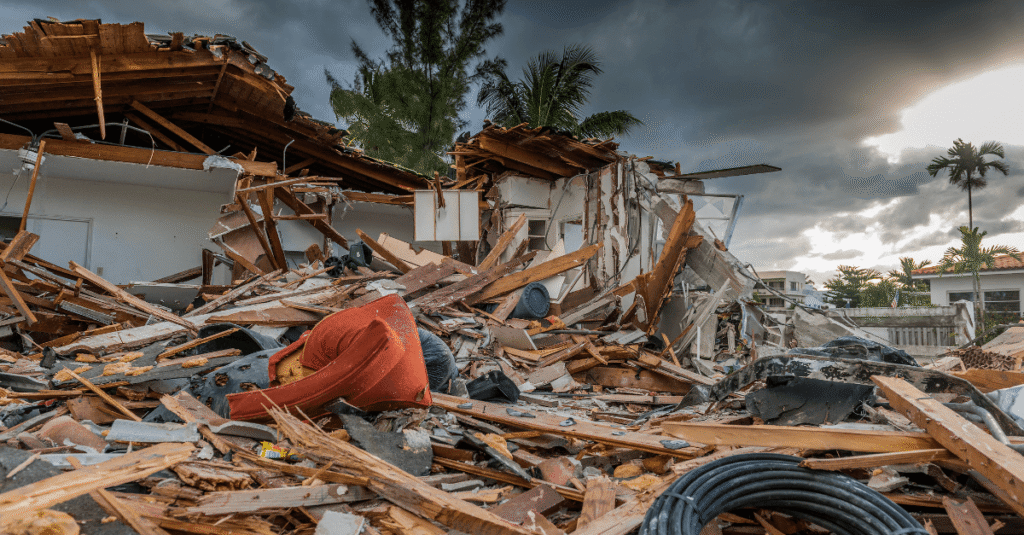
Hurricane Katrina killed an estimated 1,836 people. Its economic damage was estimated at $125 billion, making it the costliest natural disaster in American history. But its effects were far-reaching.
- Demographic Changes: Nearly 400,000 people were permanently displaced after Katrina, and New Orleans’ population nearly halved. Although many have since returned, the city’s demographic makeup has changed dramatically. The black population has declined disproportionately, while the Hispanic and Asian populations have increased.
- Health Effects: The contaminated water and trauma of the floods have long-term effects on people’s health. The number of people who have post-traumatic stress disorder (PTSD), anxiety, and other mental illnesses has increased dramatically.
- Cultural Effects: New Orleans is known for its unique music, food, and culture. Katrina also dealt a blow to this cultural heritage. Many musicians, artists, and chefs were forced to leave the city. Although the city’s cultural scene has been revitalized, the scars remain.
- Environmental Disaster: Katrina caused extensive damage to the coastal areas. Much of the forest was destroyed, and oil refineries were damaged, causing oil spills.
Global Response and Humanitarian Aid
The devastation caused by Hurricane Katrina drew the world’s attention. Nearly 70 countries offered relief and financial assistance. These included countries such as India, Sri Lanka, Cuba, and Venezuela. The United States does not normally accept foreign aid, but the depth of the crisis was so great that the US government was forced to take it. International organizations such as the Red Cross, Muslims for Humanity, and countless volunteers from home and abroad, rushed to the rescue and relief efforts. This global solidarity proves that humanitarian crises know no geographical boundaries.
Climate Change: A Warning Sign
Scientists largely blame climate change for powerful storms like Hurricane Katrina. Global warming is raising ocean temperatures, making hurricanes stronger and wetter. Rising sea levels are also increasing the severity of storm surges. Katrina was a vivid example of how devastating the effects of climate change can be. It is a warning sign not just for the United States but for all coastal countries around the world, including Bangladesh.
Recovery: Rising like a Phoenix
New Orleans’ rebuilding after the disaster was a long and difficult journey. With billions of dollars in federal aid, private sector organizations, and ordinary people’s hard work, the city slowly began to return to normal. Collapsed levees were strengthened and rebuilt, damaged homes were repaired, and businesses reopened.
This recovery story was not without its ups and downs. While the wealthy and white neighborhoods recovered quickly, the poor and black neighborhoods were slower to rebuild. Nevertheless, the people of New Orleans have shown their resilience. The city’s music, festivals, and vibrancy have returned, symbolizing their indomitable spirit.
Frequently Asked Questions (FAQs) about Hurricane Katrina
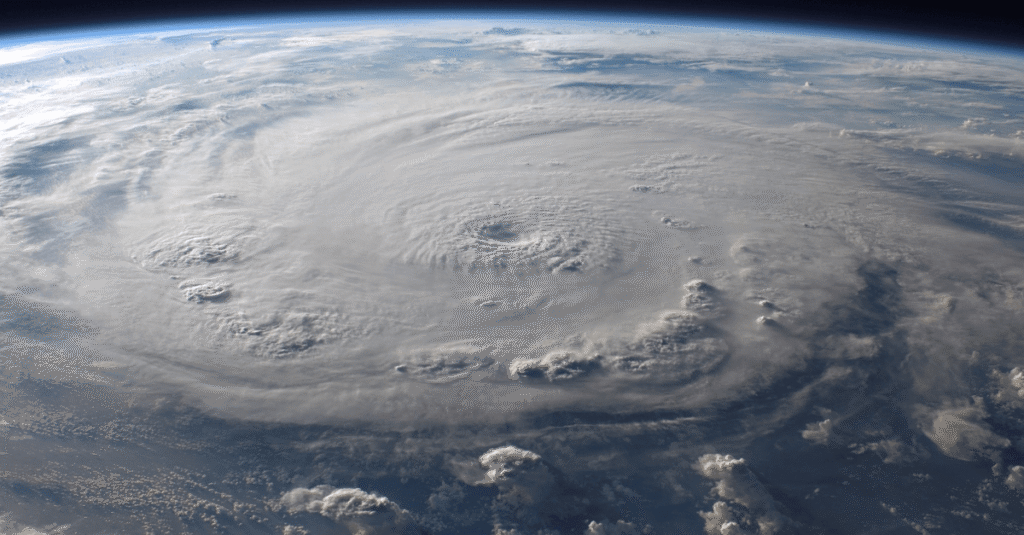
Question 1: When and where did Hurricane Katrina hit?
Answer: Hurricane Katrina hit the coast of Louisiana and Mississippi in the United States on August 29, 2005. The city of New Orleans was the hardest hit.
Question 2: How many people died, and how much damage was caused by Katrina?
Answer: According to official estimates, Hurricane Katrina killed about 1,836 people. The financial damage was about $125 billion.
Question 3: What caused such severe flooding in New Orleans?
Answer: The levees built to protect the city of New Orleans from flooding collapsed due to the hurricane’s strong currents. Since many of the city is below sea level, the levees collapsed, and the town was quickly flooded.
Question 4: Why was Hurricane Katrina named “Katrina”? And why is the name no longer used?
Answer: The World Meteorological Organization (WMO) names hurricanes. Storms are named according to a pre-established list. The name Katrina was taken from that list. However, when a hurricane is extremely destructive, that name is removed from the list so that the horror of that disaster can be remembered in the future. Due to Katrina’s devastation, this name will never be used again.
Question 5: What can we learn from Hurricane Katrina?
Answer: Hurricane Katrina taught us several important things. First, there is an awareness of the dangers of climate change and the need to take rapid action to combat it. Second, better preparedness for natural disasters, especially infrastructure development in vulnerable areas. Third, social justice in disaster management should be ensured to protect the poor and marginalized. And fourth, the importance of national and international solidarity in times of crisis.
Conclusion: A warning for the 21st century
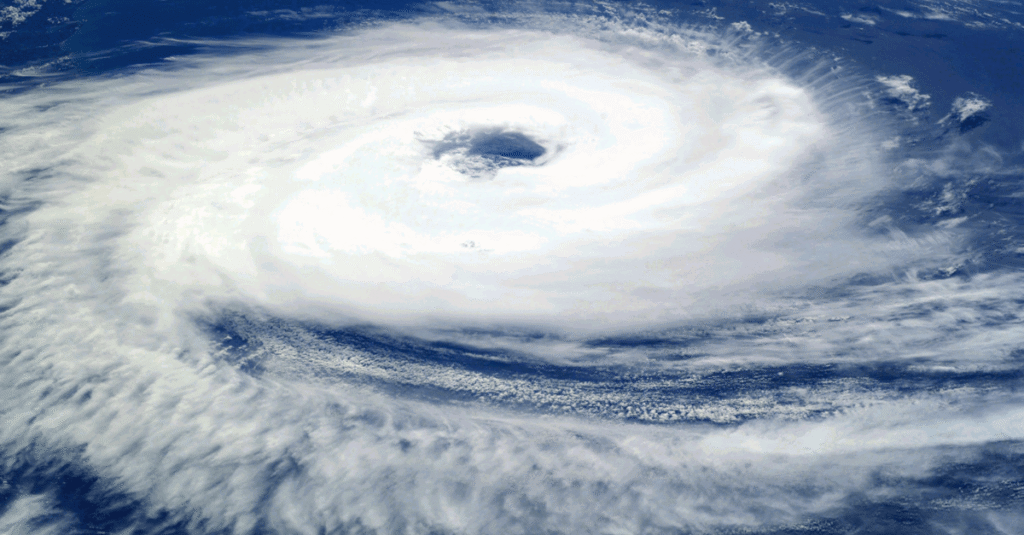
Hurricane Katrina was not just a natural disaster. It was a tragic consequence of human weakness, neglect, and inequality. It showed how helpless humans can be when faced with nature’s wrath if they are not prepared and organized properly. The painful memories of New Orleans still haunt the world today.
As we enter the 21st century and face the growing threat of climate change, Katrina’s lessons are extremely relevant. It is a warning to all coastal regions, starting with Bangladesh. If we do not take the right steps to protect the environment and manage disasters, we may face many more “Katrinas” in the future. This epic disaster reminds us that human civilization can survive not by fighting nature but by coexisting with it.

Hi, I’m M Saif, a digital marketer with a strong focus on SEO and content writing. I help businesses improve their online visibility, drive organic traffic, and create engaging content that converts. With a results-driven approach, I work on strategies that not only boost rankings but also deliver real value to audiences.



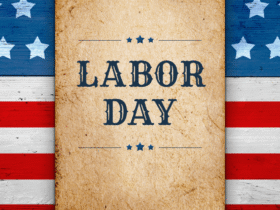
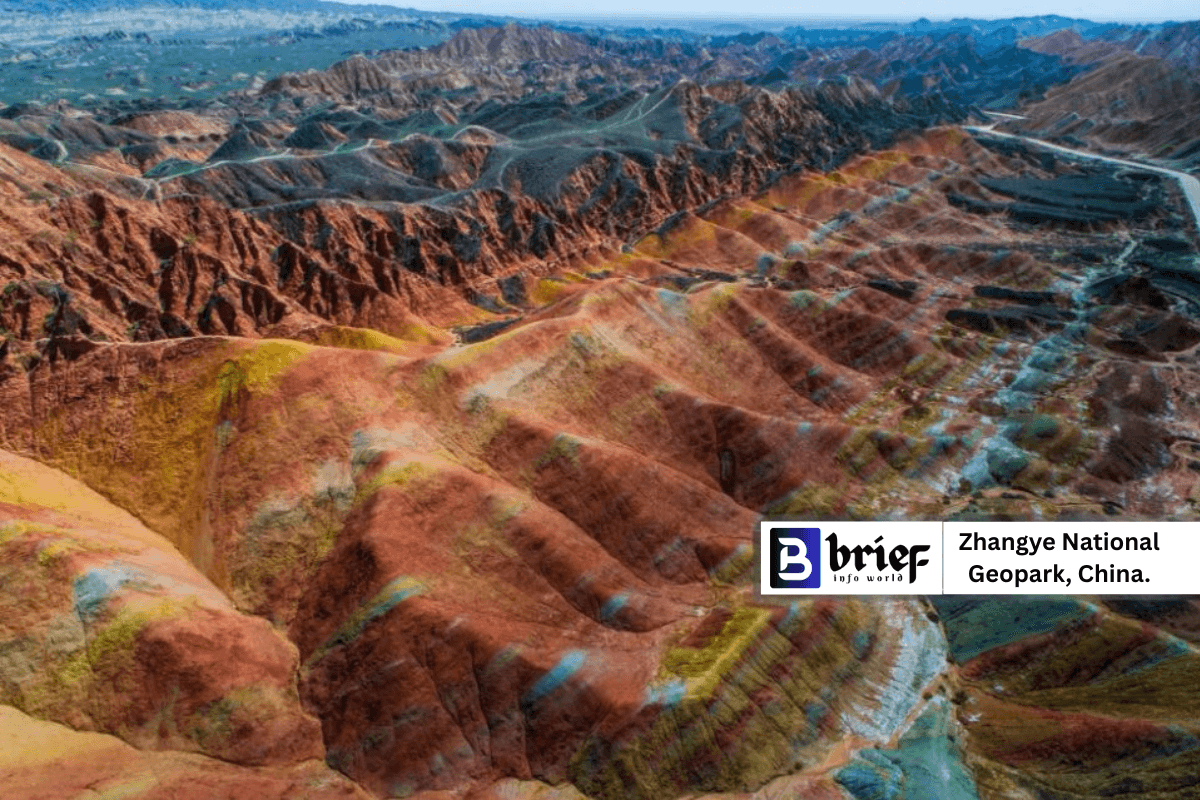





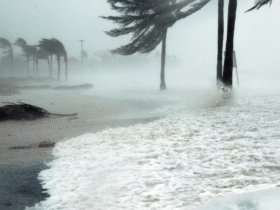

Leave a Reply